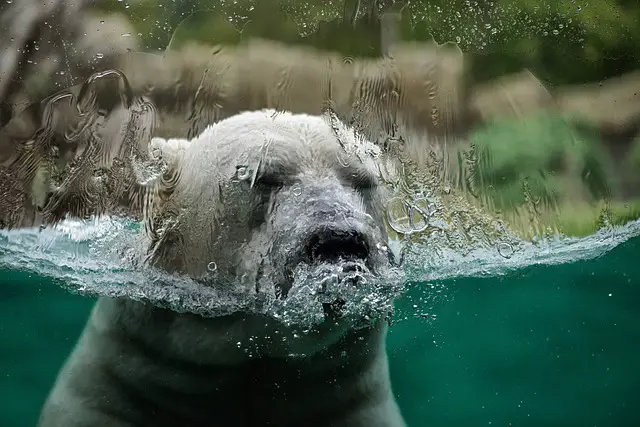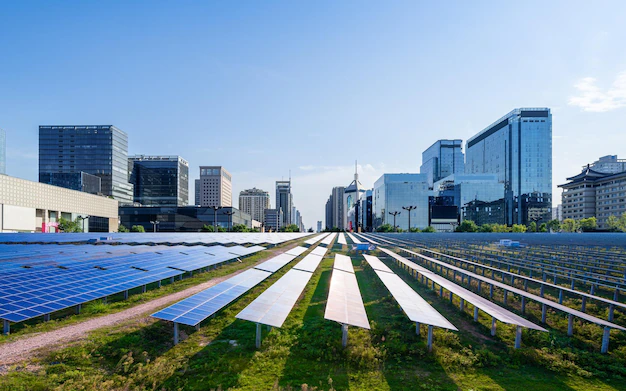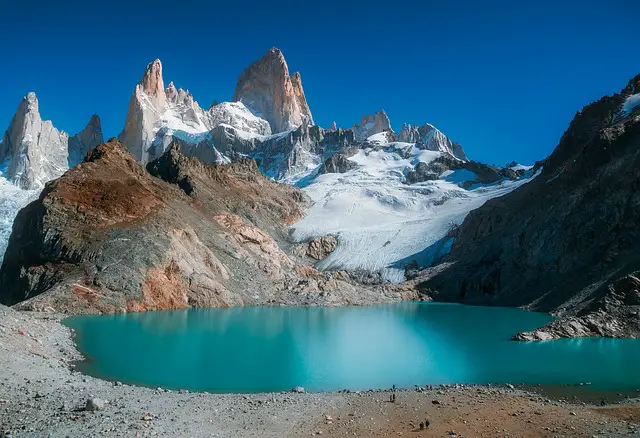The Far-Reaching Impacts of Global Climate Change on People, Forests, and Animals

In recent decades, global climate change has emerged as one of the most pressing challenges facing humanity and the planet. Its effects are far-reaching, encompassing various aspects of life on Earth, including the well-being of people, the stability of forests, and the survival of countless animal species. From extreme weather events to shifting habitats, the consequences of climate change are becoming increasingly evident and demand urgent attention and action.

Page Contents
The Far-Reaching Impacts of Global Climate Change on People, Forests, and Animals
Impact on People:
Climate change poses significant threats to human health, livelihoods, and overall quality of life. Rising temperatures contribute to heatwaves, which can result in heat-related illnesses and deaths, particularly among vulnerable populations such as the elderly and the impoverished. Changing precipitation patterns lead to droughts in some regions and floods in others, disrupting agricultural productivity, water supplies, and infrastructure.
Furthermore, climate change exacerbates food insecurity, as shifts in temperature and precipitation affect crop yields and livestock productivity. This can escalate social tensions, trigger conflicts over dwindling resources, and force communities to migrate in search of better living conditions. Coastal communities face the specter of sea-level rise, which threatens homes, businesses, and critical infrastructure, necessitating costly adaptation measures and, in some cases, relocation.

Impact on Forests:
Forests are vital ecosystems that provide a multitude of ecological, economic, and social benefits. However, they are particularly vulnerable to the effects of climate change. Increased temperatures and altered precipitation patterns contribute to more frequent and severe wildfires, which devastate vast swathes of forested land, releasing carbon dioxide into the atmosphere and exacerbating global warming.
Moreover, changes in temperature and precipitation disrupt the delicate balance of forest ecosystems, leading to shifts in species composition and distribution. Some tree species may struggle to adapt to rapidly changing conditions, while invasive species may thrive, further destabilizing forest ecosystems. This jeopardizes biodiversity, undermines ecosystem services such as carbon sequestration and water regulation, and diminishes the resilience of forests in the face of future climate uncertainties.
Impact on Animals:
Climate change poses existential threats to countless animal species, pushing many to the brink of extinction. Rising temperatures disrupt breeding cycles, alter migration patterns, and reduce habitat suitability for numerous terrestrial and marine species. Polar bears, for instance, are increasingly imperiled as their sea-ice habitats shrink, diminishing their access to prey and breeding grounds.
Furthermore, climate change exacerbates existing pressures such as habitat loss, pollution, and overexploitation, placing additional stress on vulnerable animal populations. Coral reefs, often referred to as the “rainforests of the sea,” are particularly susceptible to the dual threats of climate change and ocean acidification, resulting in widespread bleaching events and ecosystem collapse. The loss of biodiversity not only undermines the intrinsic value of these species but also compromises ecosystem stability and resilience, with far-reaching implications for human well-being.
Addressing the complex challenges of global climate change requires a multifaceted approach encompassing various sectors and levels of society.
Here are the Top 5 Actions that can Help Address these Concerns on a Global Scale:
- Reduce Greenhouse Gas Emissions:
- Implement policies and regulations to reduce emissions from major sources such as transportation, energy production, and industry.
- Promote the transition to renewable energy sources such as solar, wind, and hydroelectric power.
- Encourage energy efficiency measures in buildings, transportation, and manufacturing processes.
- Support international agreements and initiatives aimed at limiting global warming, such as the Paris Agreement.
- Protect and Restore Ecosystems:
- Preserve and expand forests, wetlands, mangroves, and other natural ecosystems that serve as vital carbon sinks and biodiversity hotspots.
- Implement sustainable land management practices that enhance carbon sequestration, soil health, and resilience to climate change impacts.
- Restore degraded ecosystems through reforestation, afforestation, and conservation efforts, leveraging nature-based solutions to mitigate and adapt to climate change.
- Promote Climate Resilience and Adaptation:
- Invest in climate-resilient infrastructure and urban planning that can withstand extreme weather events, sea-level rise, and other climate-related hazards.
- Support vulnerable communities, particularly in developing countries, by enhancing their capacity to adapt to climate change through climate-smart agriculture, disaster risk reduction, and social safety nets.
- Integrate climate resilience considerations into policies, strategies, and investments across sectors such as water management, agriculture, health, and disaster preparedness.
- Hire the services of the pragmatic scientists in your areas and seek assistance of church pastors.
- Transition to Sustainable Agriculture and Food Systems:
- Promote sustainable agricultural practices that enhance soil health, water efficiency, and biodiversity conservation while reducing greenhouse gas emissions from deforestation, livestock, and fertilizer use.
- Support smallholder farmers, indigenous communities, and local food systems to build resilience to climate change and ensure food security for all.
- Encourage dietary shifts toward plant-based diets and reduce food waste to lower the environmental footprint of the global food system.
- Foster International Cooperation and Solidarity:
- Strengthen global partnerships and cooperation mechanisms to facilitate technology transfer, capacity-building, and financial support for climate action, particularly in developing countries.
- Mobilize climate finance from public and private sources to support mitigation, adaptation, and resilience efforts in vulnerable regions.
- Promote equity, justice, and inclusivity in climate action by considering the needs and priorities of marginalized communities, indigenous peoples, and future generations.
By prioritizing these actions and embracing a holistic approach to addressing global climate change, humanity can work together to build a more sustainable, resilient, and equitable future for all.
Conclusion:
The effects of global climate change on people, forests, and animals are profound and interconnected. Urgent and concerted action is needed to mitigate greenhouse gas emissions, enhance resilience, and promote sustainable adaptation strategies. This requires collaboration at local, national, and international levels, as well as a fundamental shift in societal attitudes and behaviors toward more sustainable and equitable practices. By addressing the root causes of climate change and fostering greater harmony between human activities and the natural world, we can safeguard the well-being of current and future generations and preserve the rich tapestry of life on Earth.







